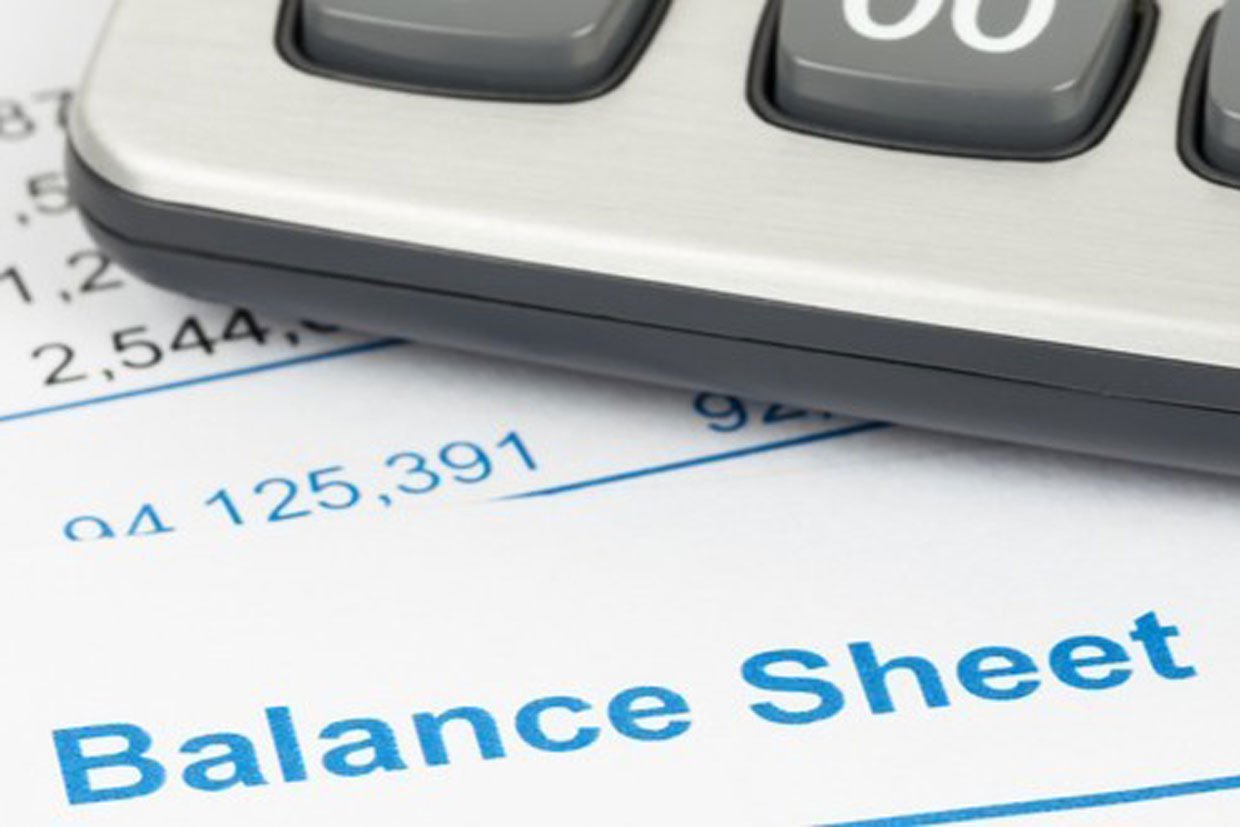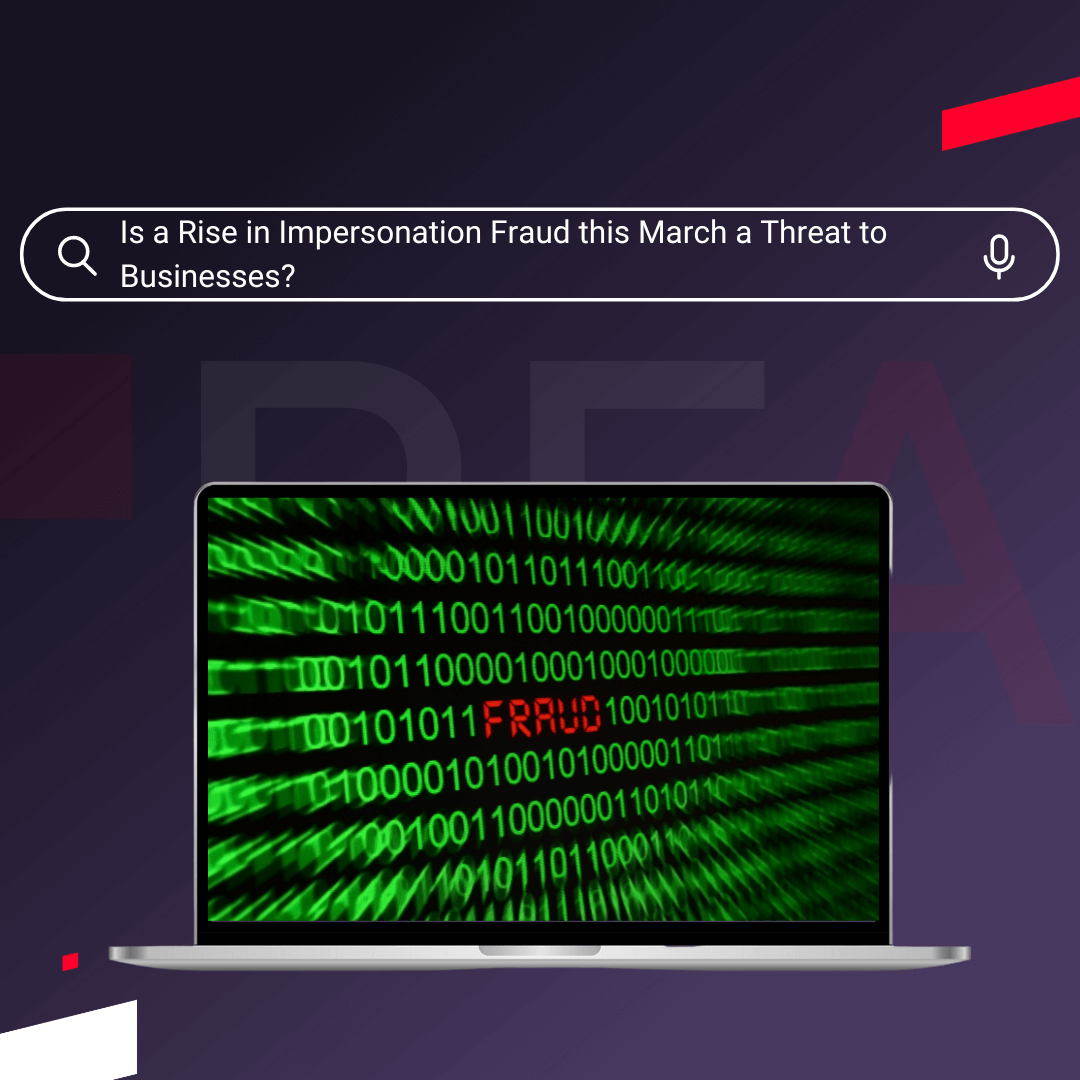Red Flag Alert contains the most detailed and up-to-date financial information available on every UK business. This data gives credit control departments the information they need to make credit decisions on customers.
This article focuses on the balance sheet: there are many ways for a business to boost its balance sheet and make the business look more financially healthy than it really is.
If a balance sheet doesn’t accurately reflect the health of a business it can be accident or design but whatever the underlying reason, it’s important to know what to look out for.
#1 Stock Valuation
For certain businesses, stock makes up an important proportion of their assets and should be recorded as the lowest of cost and market rate.
The problem is that there is a degree of subjectivity around market rate (i.e. what the stock will sell for), so theoretically a business may report a stock value of £3m but holds a warehouse full of jeans that have gone out of fashion and will sell for £400,000 or less.
It is good practice to consider the strength of a balance sheet with stock removed. Red Flag Alert provides access to up-to-date financial ratios, including a liquidity ratio that discounts stock.
#2 Capitalising Investments
Businesses typically add capital expenditure to the balance sheet, whether that is a new hotel restaurant or some software for a shopping company.
The investment will typically go on the balance sheet and then be depreciated over time. For example, if the shipping software cost £750,000 that is included on the balance sheet as an asset.
What this doesn’t consider is if the investment fails – if the shipping software is rolled out and doesn’t work or add any value then effectively it has no value. Businesses should write off these investments but many don’t, leaving the balance sheet to look £750,000 healthier when, in reality, the business has wasted money on a bad investment.
#3 Place Liabilities into a Subsidiary
Liabilities can be taken off the main balance sheet by placing them in a subsidiary. The accounting guidelines governing this are complex and won’t be covered in this article (the Wikipedia page is a good place to start a more detailed review).
The bottom line is that there are methods for a business to exclude liabilities for a balance sheet. It is important to consider this possibility when dealing with a business.
Red Flag Alert is a useful tool to help you detect the practice of hiding assets off balance sheet. Detailed information on ownership and group structures provide the basis for further research into families of businesses
#4 Asset Valuation is Lower than Reported
This article has already considered stock and capital investment being overstated, but it doesn’t end there. Any asset on a balance sheet can be overstated for a range of possible reasons – here are a couple of examples:
- Goodwill is overstated because the value of an acquired business is lower than the asking price.
- Debtors are not financially healthy, so monies owed to the business may not materialise.
- Tangible assets like plants, machinery and even buildings are not accurately reflected on the balance sheet.
If a business is liquidated or put into administration, the value of these assets is likely to be even lower as they may be sold quickly and at lower than market value.
By using Red Flag Alert’s up-to-date information, users can look at a business’s balance sheet in more detail, for example, by using financial ratio analysis that considers the value of a company excluding goodwill.
#5 Accelerating Revenues
If a business makes a sale that is delivered over a period of time it may put the entire revenue into the P&L at the time of the sale. This enhances short-term profitability and strengthens the balance sheet.
Accurate accounting would be to realise the revenue over the lifetime of the contract: if it was a two-year contract it should be realised at 1/24th of the sale value every month.
By accelerating revenues the business may be counting the revenues and costs in a separate period. A business may look nice and profitable in year one but still has all the costs of delivering the project still to bear – when the revenues have all been counted.
Red Flag Alert
Making a judgement on the financial health of a business is as difficult as it is important. Red Flag Alert has spent 13 years developing an algorithm that provides an accurate health rating for any business in the UK.
By collating information daily from ten market-leading data sources and turning that information into a financial health rating that is up-to-date and predictive of future performance, Red Flag Alert has done the hard work for you.
Credit control managers can confidently build policies around the financial health ratings in Red Flag Alert. A wide range of businesses also trust Red Flag Alert data to conduct deeper financial due diligence on businesses, making assessments on areas like actual versus reported balance sheet strength. Click here for a free trial.
Discover company information by UK region
Get accurate information to mitigate risk in your business
Free Interactive Map Tool





